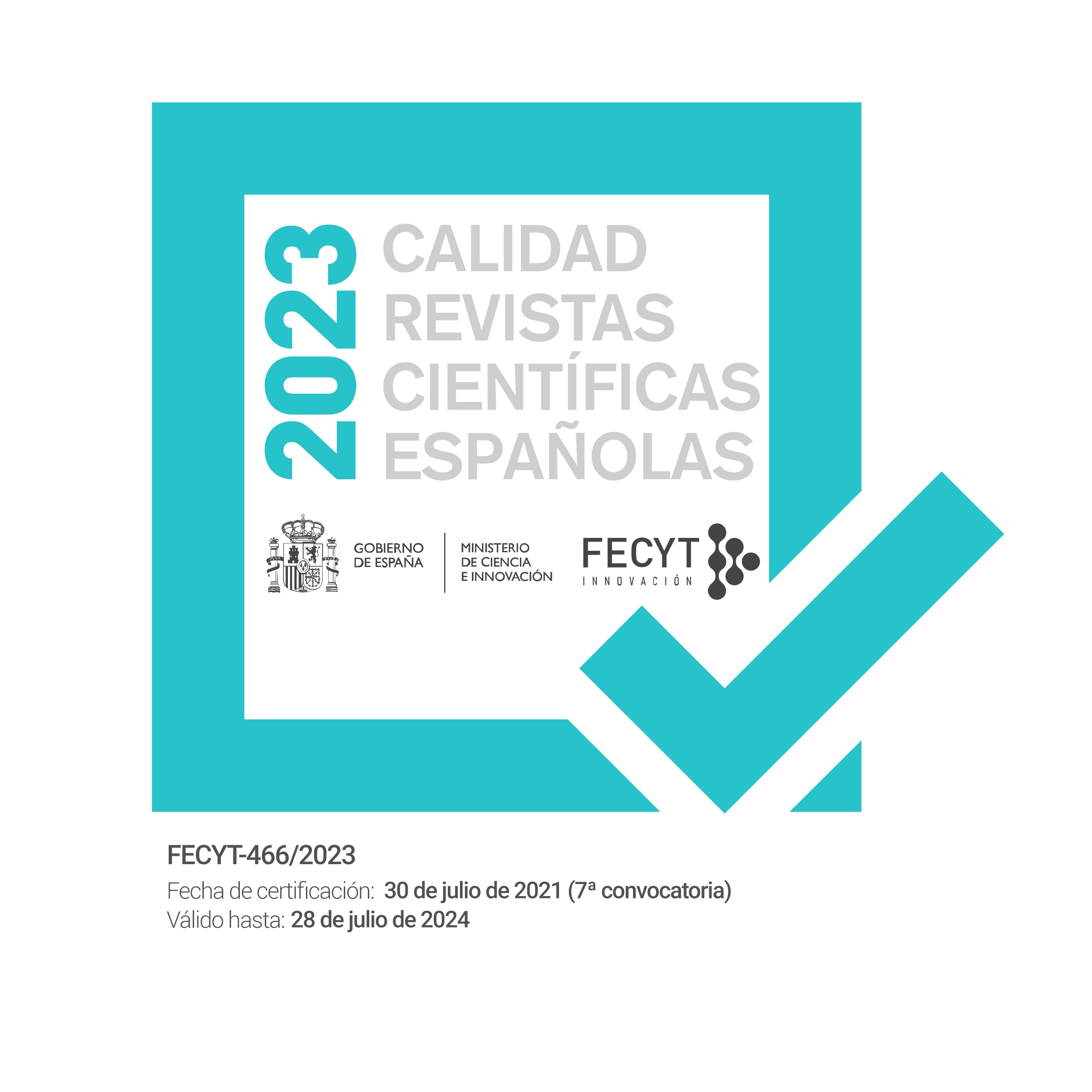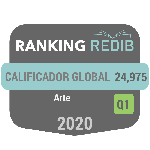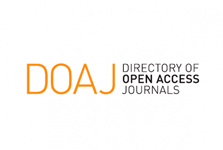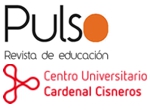Arte y Educación: Espacios comunes. Reflexiones en torno a la práctica artística Mapa dels desitjos
Resumen
Resumen: El siguiente artículo pretende identificar posibles espacios comunes entre arte y educación partiendo de la propuesta artística Mapa dels Desitjos[1] del colectivo Cràter[2]. Esta propuesta se llevó a cabo en el contexto de la XVII Mostra d’Art Públic / Universitat Pública de la Universitat de València. Mapa dels Desitjos surgió de la idea de preguntar a la comunidad universitaria cómo organizarían su vida si no tuviesen en cuenta la cuestión económica y de hacer públicas sus respuestas. A partir de esta experiencia, analizamos y reflexionamos en torno a cuatro preguntas que estructuran el análisis: ¿Qué paralelismos existen entre los roles de artista/público y maestro/estudiante? ¿Cómo se utiliza el espacio? ¿Cómo se comporta el factor tiempo? ¿Cuál es el conocimiento que se genera? Siguiendo las relaciones entre estos elementos, presentes tanto en el arte como en la educación, abordamos algunas reflexiones sobre conceptos educativos en permanente desarrollo, tales como educación expandida (Díaz et al., 2012), aprendizajes colaterales (González, del Rincón, Bonilla y Sáez, 2012) y currículum oculto (Freire, 1975).
Palabras Clave: Educación Artística, Investigación Artística, Práctica artística, Educación Superior, Entornos de aprendizaje.
Abstract: The following paper aims to identify possible common spaces between art and education, departing from the art project Mapa dels Desitjos1 (Map of Wishes), by the collective Cràter2. The project took place in the framework of the 17 Show of Public Art / Public University at University of Valencia. Mapa dels desitjos emerged from the idea of asking members of the university community about how they would organize their lives if they did not have to consider any economic constraints, and then making their answers public. Based on this experience, we analyze and reflect on four questions that structure our analysis: What paralels are there between the roles of artist/audience and teacher/student? How is the space used? What role does time play? What is the knowledge being generated? Through the relationships between these elements, present both in art as well as in education, we engage in some reflections on educational concepts that are in continuous development, such as expanded education (Díaz et al., 2012), collateral learning (González, del Rincón, Bonilla & Sáez, 2012) and hidden curriculum (Freire, 1975).
Keywords: Artistic Education, Artistic Research, Artistic Practice, Higher Education, Learning Environments.
http://dx.doi.org/10.7203/eari.7.8071
Texto completo:
PDFReferencias
Abad, A. (2010). Cuando los públicos son los protagonistas. En Silvestre, R. (coord.), Arte contemporáneo y público. ¿Una relación imposible? (pp. 101-110). Valencia: Universitat de València.
Blanco, P., Carrillo, J., Claramonte, J., y Expósito, M. (Eds.). (2001). Modos de hacer: Arte crítico, esfera pública y acción directa. Salamanca: Universidad de Salamanca.
Bourriaud, N. (2008). Estética relacional. Buenos Aires: Adriana Hidalgo.
Díaz, R., Freire, J., Lamb, B., Martín, J., Lafuente, A., Wesch, M., De la Torre, A. (2012). Educación expandida: Festival Internacional Zemos98 - 11 edición. Sevilla: Zemos98.
Freire, P. (1975). Pedagogía del oprimido. Madrid: Siglo XXI.
Giroux, H. y Penna, A. (1983). Social Education in the Classroom: The Dynamics of the Hidden Curriculum. En Giroux, H. y Purpel, D. (Eds.) The Hidden Curriculum and Moral Education. Berkeley, California: McCutchan Publishing Corporation (pp. 100-121).
González, J.L., del Rincón, B., Bonilla, A.A., y Sáez, J.M. (2012). Aprendizajes colaterales: límites y retos del aprendizaje por competencias. En ENSAYOS, Revista de la Facultad de Educación de Albacete, núm. 27. Recuperado de http://www.revista.uclm.es/index.php/ensayos
Haghighian, N.S. (2011). Deshacer lo investigado. En Verwoert, J., Haghighian, N.S., Echevarria, G., García, D., Lesage, D., y Brown, T., En torno a la investigación artística. Pensar y enseñar arte: entre la práctica y la especulación teórica. Barcelona: Museu d’Art Contemporani de Barcelona y Universitat Autònoma de Barcelona.
Lippard, L. R. (2001). Mirando alrededor: dónde estamos y dónde podríamos estar. En Blanco, P., Carrillo, J., Claramonte, J., y Expósito, M. (Eds.), Modos de hacer. Arte crítico, esfera pública y acción directa. Salamanca: Universidad de Salamanca.
Pérez, J. L. (com.). (2015). Art Públic Universtitat Pública. XVII Mostra d’Art Públic per a Joves Creadors, catálogo de exposición. Valencia: Universitat de València.
Rogoff, I. (2007). La academia como potencialidad. Zehar: revista de Arteleku-ko aldizkaria, núm. 60/61 (pp. 10-15).
Schön, D. (1992). La formación de profesionales reflexivos: hacia un nuevo diseño de la enseñanza y el aprendizaje en las profesiones. Barcelona: Paidos Ibérica.
What, How & for Whom, Garcés, M., Raqs Media Collective, Camnitzer, L., Paglen, T., Appelbaum, J., Moten F. y Harney S., y Tamás, G.M. (2014). Un saber realmente útil. Madrid: Museo Nacional Centro de Arte Reina Sofía.
Enlaces refback
- No hay ningún enlace refback.
 Educación artística: revista de investigación (EARI) Los contenidos de Educación artística: revista de investigación se distribuyen bajo una licencia de Creative Commons Reconocimiento-NoComercial 4.0 Internacional. Editor: Institut Universitari de Creativitat i Innovacions EducativesUniversitat de ValènciaISSN: 1695-8403 / e-ISSN: 2254-7592Depósito Legal: V-4226-2002Domicilio postal: C/Serpis, 2946022 València (España)revistaeari@uv.es |
|||
 |
 |
 |
 |
Revistas consorciadas

